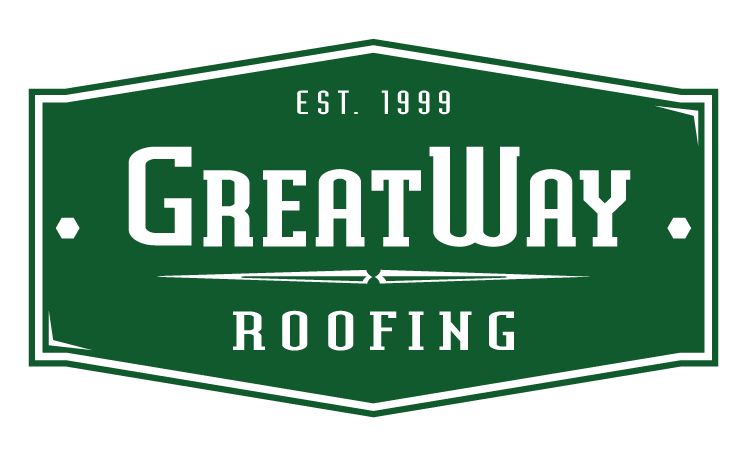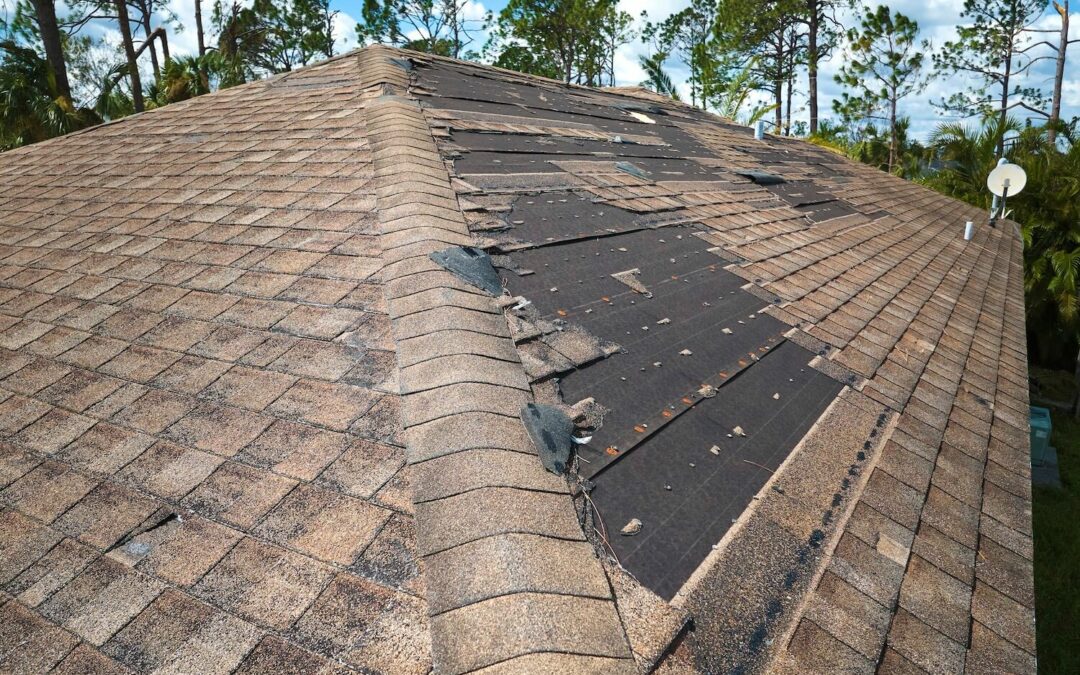Your roof is your first line of defense against the elements. It protects you, your loved ones, and your belongings from rain, wind, and sun. But what happens when disaster strikes and your roof is damaged? Knowing what to do in an emergency roofing situation can make all the difference in minimizing damage and ensuring your safety, whether it’s due to severe weather, falling debris, or unexpected accidents.
In this comprehensive roof guide, we’ll explore the steps you need to take when faced with emergency roof repairs.
Assess the Situation
The first step in handling any roofing emergency is to assess the situation calmly and carefully. If you notice water dripping from the ceiling, hear strange noises coming from above, or see visible damage to your roof from the ground, it’s important to take immediate action. Safely inspect your home’s exterior and interior to determine the extent of the damage.
Safety First
Safety should always be your top priority when dealing with a damaged roof. If the damage is severe or if you feel unsafe at any point, evacuate your home and call emergency services. Never attempt to climb onto your roof during a storm or in high winds, as this can be extremely dangerous. Instead, wait for the weather to calm down before attempting any repairs.
Contain the Roofing Damage
If you notice water leaking into your home, place buckets or containers underneath to catch the water and prevent further damage to your belongings. Use towels or rags to soak up any excess water and minimize the risk of mold or mildew growth. Try to locate the source of the leak and place a temporary patch or tarp over the damaged area to prevent additional water from entering your home.
Document the Roof Damage
Before you begin any repairs or contact your insurance company, it’s important to document the damage to your roof and property. Take photographs or videos of the affected areas from multiple angles inside and outside your home. This documentation will be valuable when filing an insurance claim and can help ensure you receive the compensation you deserve for repairs.
Contact Your Insurance Company
Once you’ve assessed and documented the damage, contact your insurance company to report the incident. You’ll want to provide them with relevant information and documentation, including photographs, videos, and a detailed description of the damage. Your insurance company will guide you through the claims process and help you understand what repairs are covered under your policy.
Temporary Roof Repairs
Sometimes, temporary repairs can be performed to prevent further damage to your roof until a professional can assess and fix the problem. Such repairs could include placing tarps or patches over damaged areas, securing loose shingles or tiles, or clearing debris from gutters and downspouts. However, it’s important to remember that temporary repairs should only be done if it is safe to do so and if you have the necessary skills and equipment.
Hiring a Roofing Professional
Hiring a professional roofing contractor for more extensive damage or repairs requiring specialized skills is best. Look for a licensed and experienced contractor who specializes in emergency roof repairs. They will have the knowledge, expertise, and equipment to assess and repair your roof safely and effectively.
Get Multiple Quotes
Before hiring a contractor, getting multiple quotes from different companies is a good idea. This will allow you to compare prices, services, and timelines to ensure you get the best possible value for your money. Be wary of contractors offering significantly lower prices than competitors, as this could signify subpar workmanship or materials.
Verify Credentials
Before hiring any contractor, be sure to verify their credentials and qualifications by checking for proper licensing, insurance, and certifications. A reputable contractor will be happy to provide you with this information and should have no problem answering any questions you may have about their qualifications and experience.
Understand the Scope of Work
Before work begins, ensure you clearly understand the scope of work and repair timeline. Ask your contractor to provide you with a written estimate outlining the specific repairs, the materials used, and the project’s total cost. Doing so will help prevent any misunderstandings or disputes later on.
Monitor the Home Repairs
Throughout the repair process, monitor the work closely to ensure that it is done to your satisfaction. If you have any concerns or questions, don’t hesitate to speak up and address them with your contractor. A reputable contractor will respond to your feedback and work with you to ensure that the repairs are completed to your satisfaction.
Follow Up
Once the repairs are complete, follow up with your insurance company to ensure that your claim has been processed and that you have received the appropriate compensation for the repairs. Take the time to inspect the workmanship and quality of the repairs to ensure they meet your expectations. If you notice any repair issues or problems, contact your contractor immediately to address them.
Preventing Future Damage
After your roof has been repaired, take steps to prevent future damage and extend its life. This includes regular maintenance such as cleaning gutters, trimming trees, and inspecting your roof for signs of damage or wear. Investing in routine maintenance can help identify potential problems early and prevent costly repairs down the line.
Investing in Roofing Emergency Prevention
In addition to dealing with the immediate aftermath of a roofing emergency, it’s also crucial to invest in preventive measures to reduce the likelihood of future incidents. Here are some proactive steps you can take to safeguard your roof and minimize the risk of damage:
- Regular Inspections: Schedule routine inspections of your roof at least twice a year, ideally in the spring and fall. Look for signs of wear and tear, such as missing or damaged shingles, cracks, or leaks. Addressing minor issues early can prevent them from escalating into major problems.
- Trim Trees and Vegetation: Overhanging branches can pose a threat to your roof, especially during storms or high winds. Keep trees trimmed back to prevent branches from rubbing against or falling onto your roof. Additionally, remove any debris, such as leaves or branches, that may accumulate on your roof and in your gutters.
- Clean Gutters and Downspouts: Clogged gutters and downspouts can lead to water backup and damage to your roof and home. Clean your gutters regularly to remove leaves, twigs, and other debris that can obstruct the flow of water. Consider installing gutter guards to help prevent future buildup.
- Address Ventilation Issues: Proper attic ventilation is essential for maintaining the health and longevity of your roof. Poor ventilation can lead to moisture buildup, which can cause mold, mildew, and rotting of roof materials. Ensure your attic is adequately ventilated to promote airflow and prevent moisture-related problems.
- Secure Loose Items: Secure any loose items on your roof, such as satellite dishes, antennas, or HVAC equipment. Strong winds can dislodge these items and cause damage to your roof or surrounding property. Consider reinforcing or anchoring these items to prevent them from becoming projectiles during storms.
- Upgrade Roofing Materials: If your roof is nearing the end of its lifespan or if you live in an area prone to extreme weather, consider upgrading to more durable roofing materials. Options such as impact-resistant shingles, metal roofing, or synthetic membranes can provide added protection against hail, wind, and other elements.
- Maintain Insurance Coverage: Review your homeowner’s insurance policy regularly to ensure that you have adequate coverage for your roof and property. Understand what types of damage are covered under your policy and consider adding endorsements or riders for additional protection, such as windstorm or hail damage.
Emergency Roof Repair Conclusion
Dealing with a damaged roof can be a stressful and overwhelming experience, but knowing what to do in an emergency can help you stay calm and take the necessary steps to protect your home and belongings. By assessing the situation, prioritizing safety, and taking prompt action, you can minimize damage and ensure a swift and effective repair process. Remember to document the damage, contact your insurance company, and hire a reputable contractor to handle the repairs. With the right approach and guidance, you can weather any roofing emergency and keep your home safe and secure for years to come.

